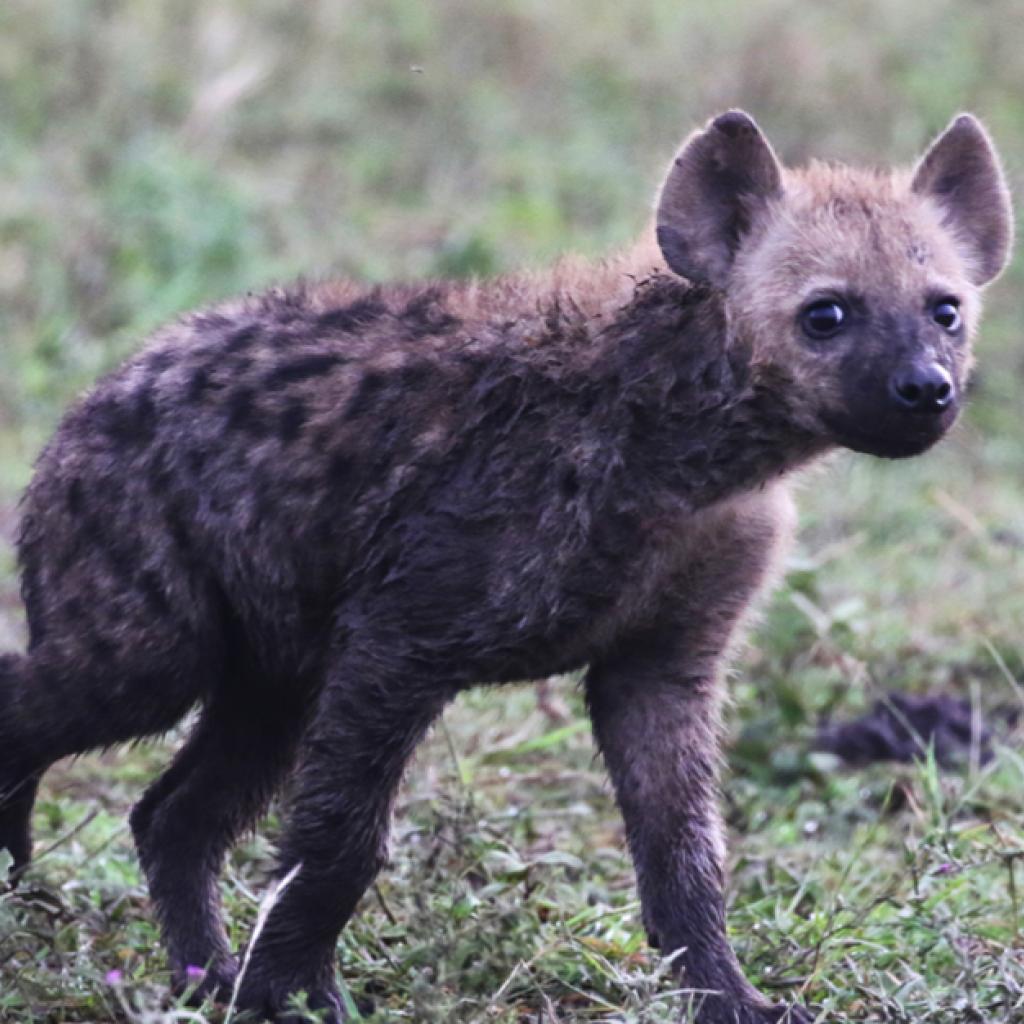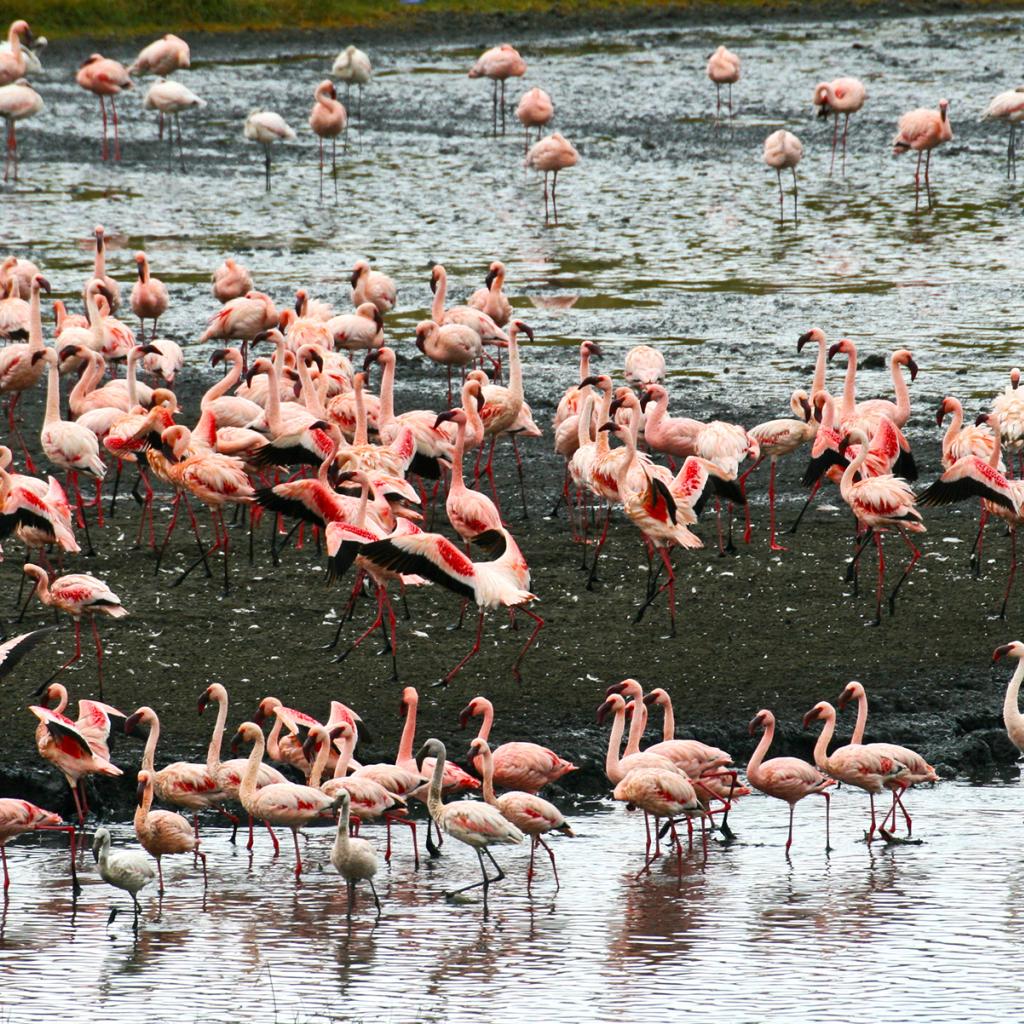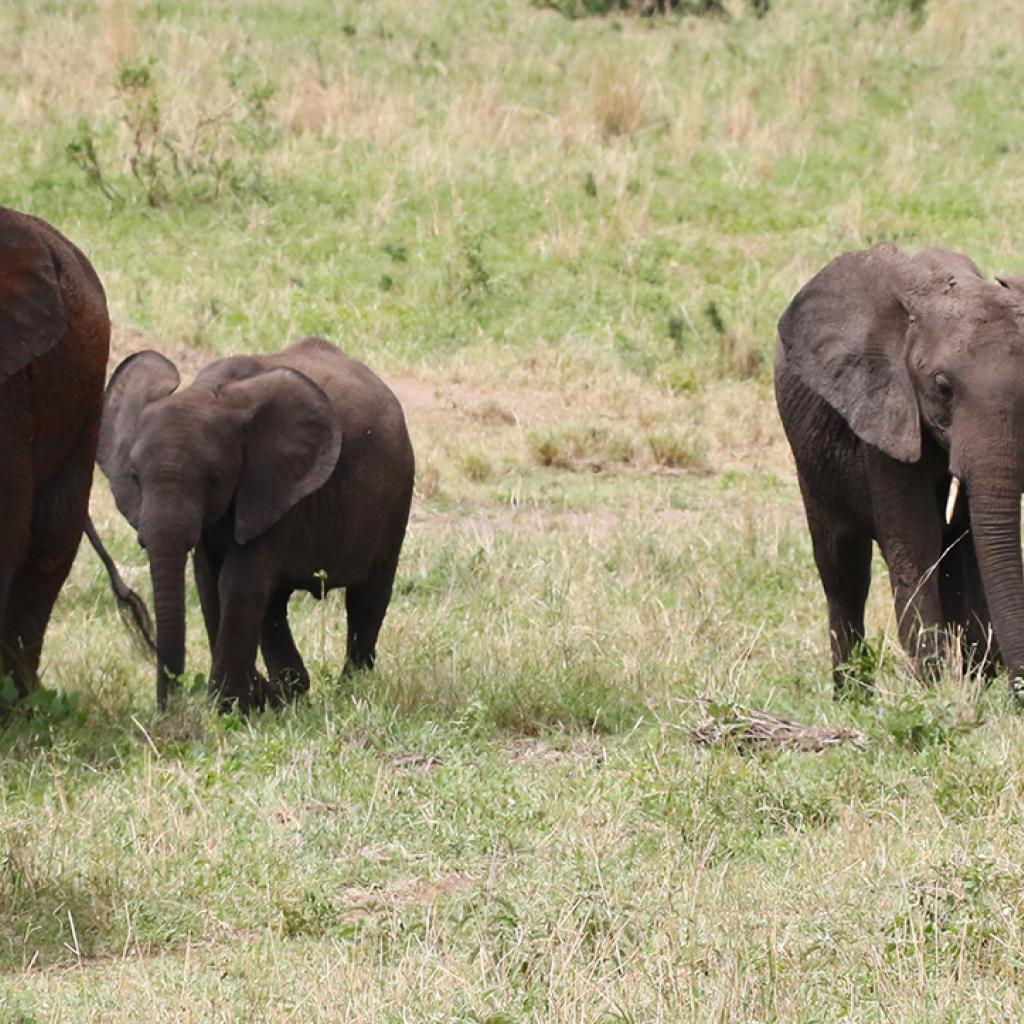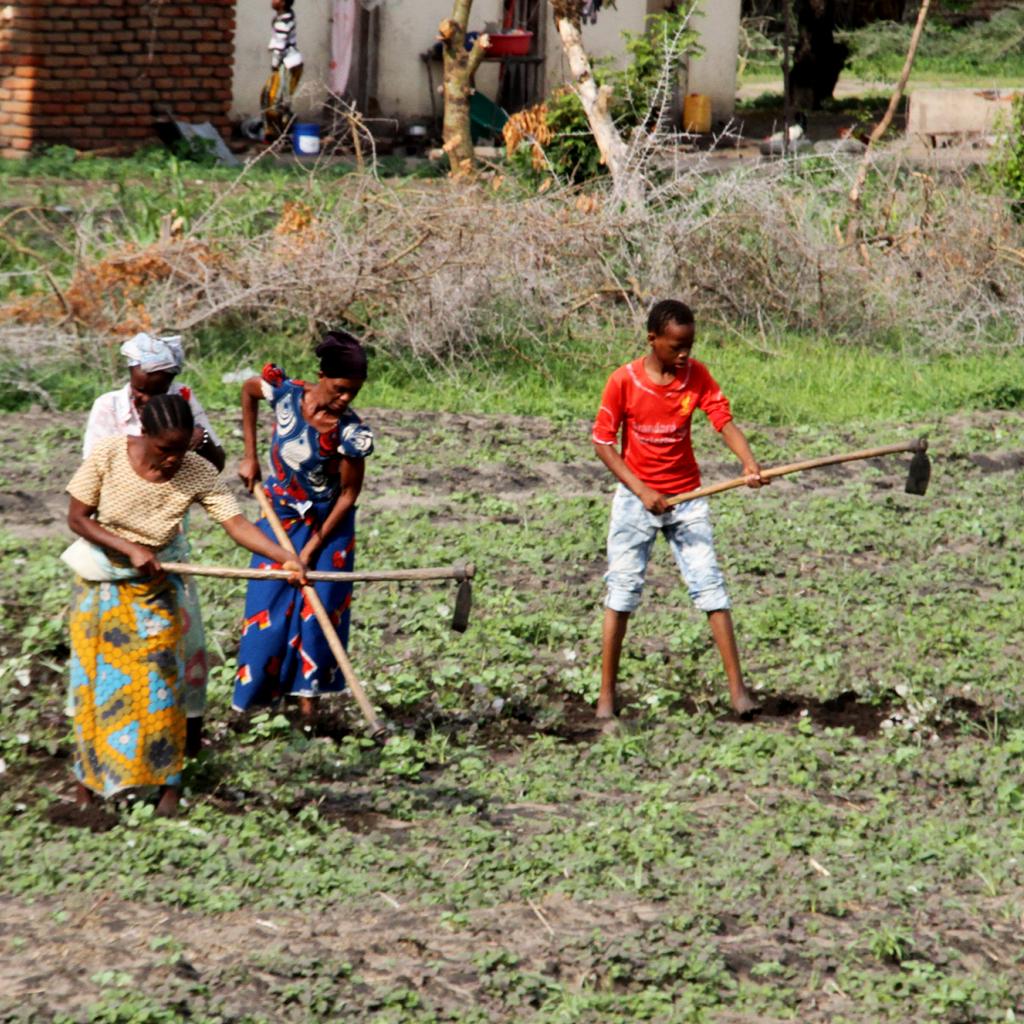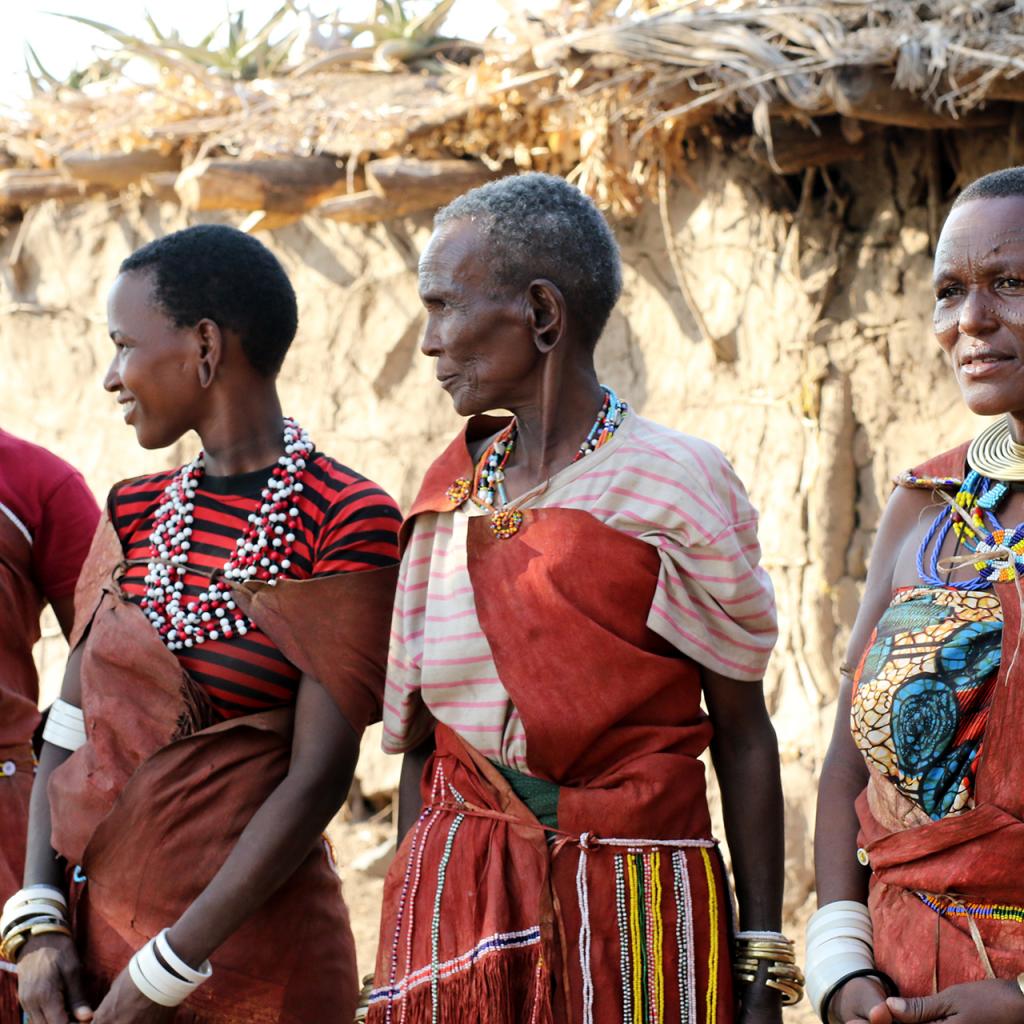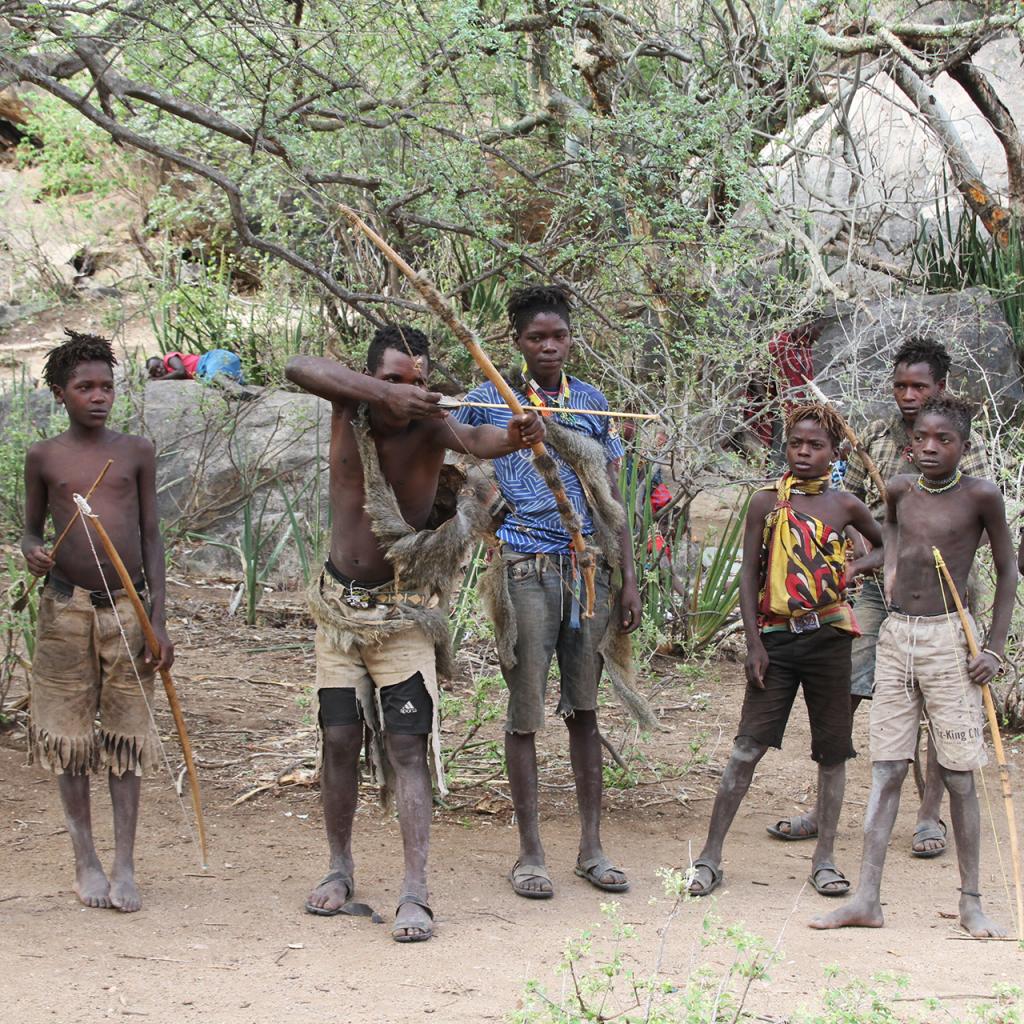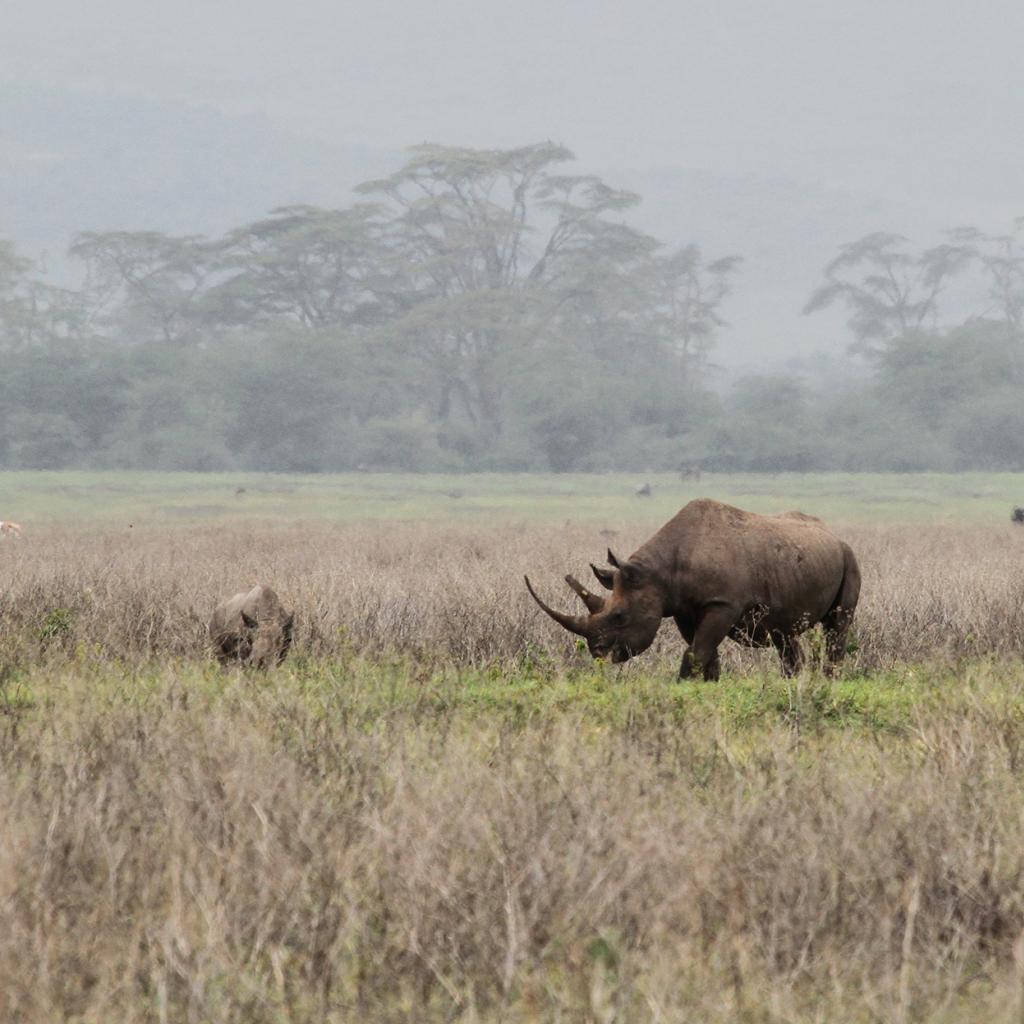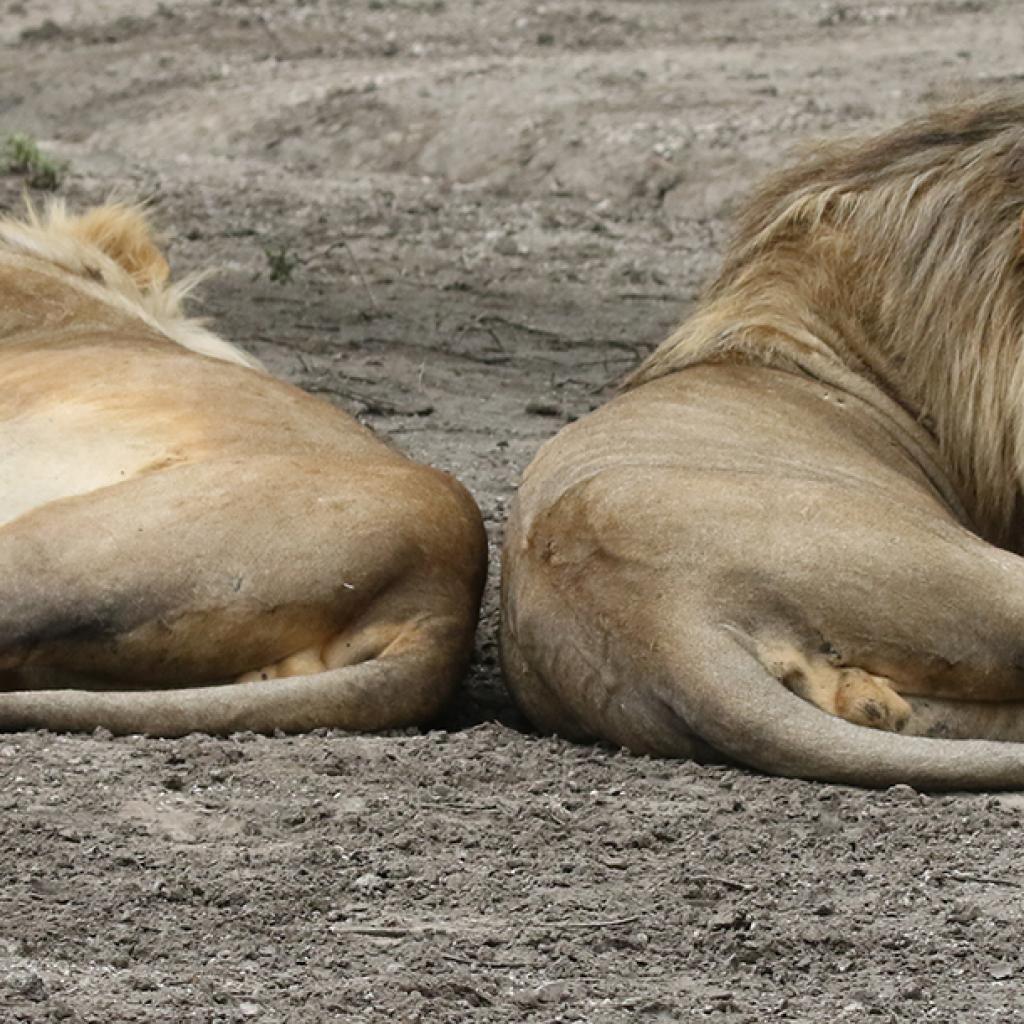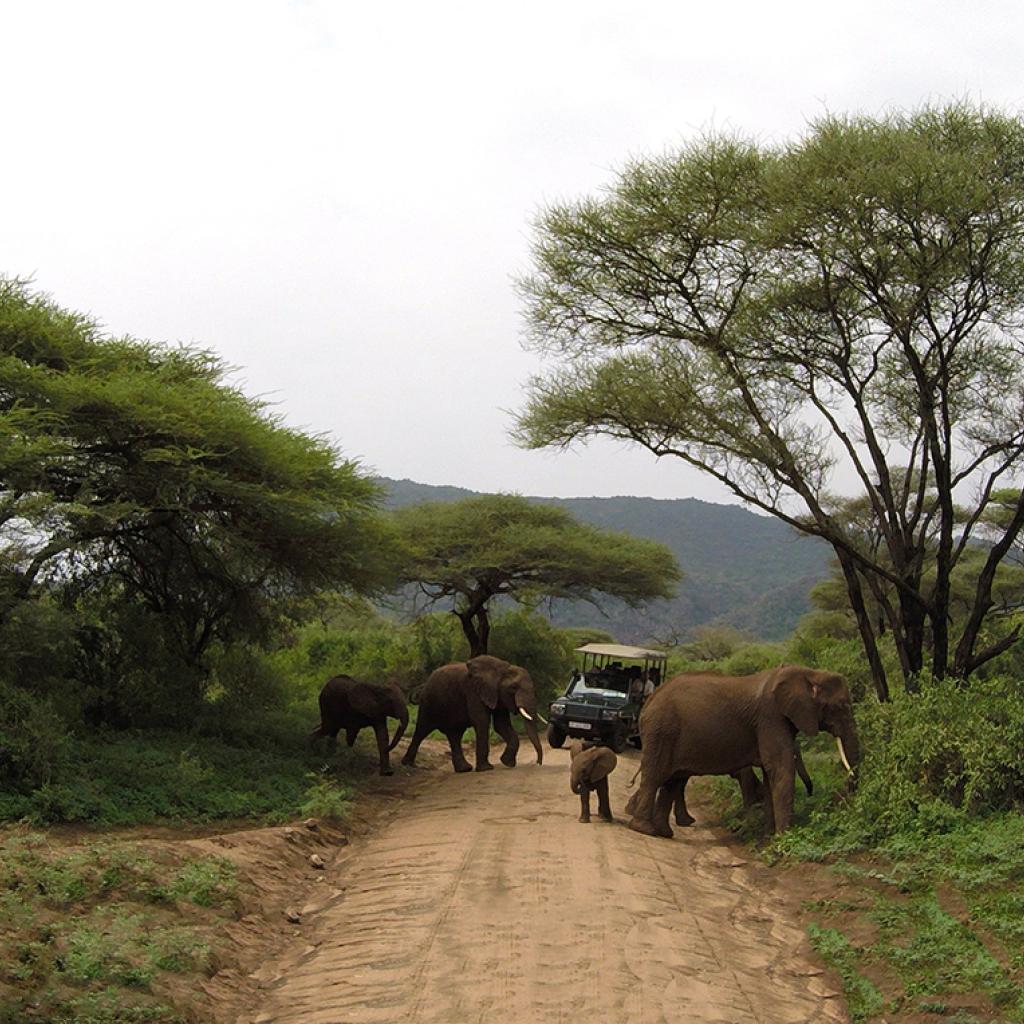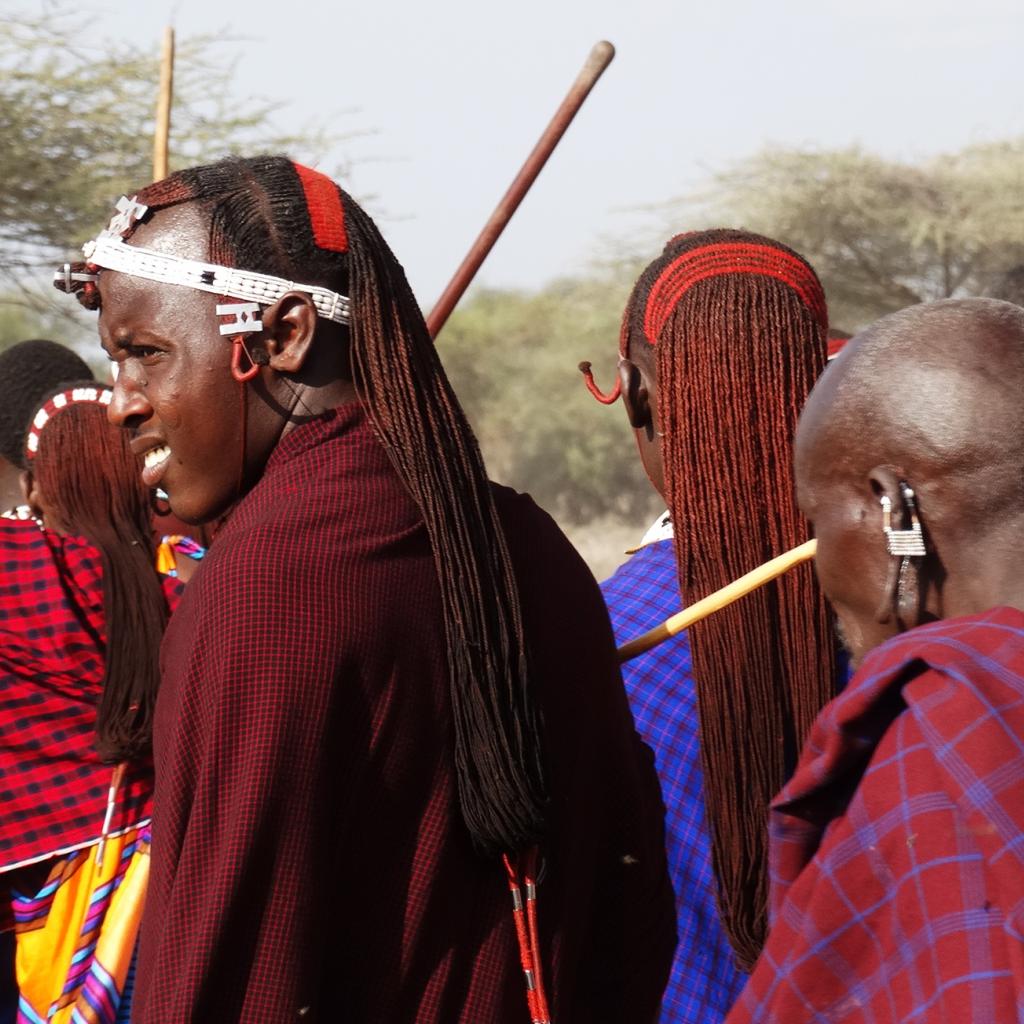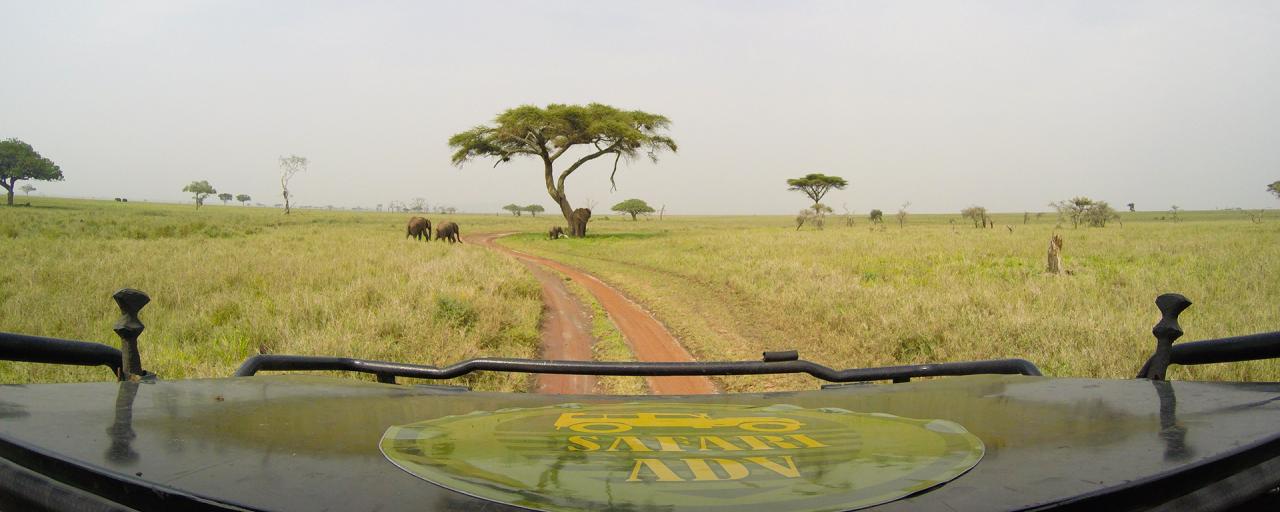
On the road - Photo Credits: Silvano Greco
The itinerary of the trip to Northern Tanzania
This trip will take us to discover the wonders of Northern Tanzania, a very beautiful and varied region in terms of landscape and house to some naturalistic areas, famous all over the world for the variety and quantity of wild animals that host and make Tanzania one of the most requested destinations for photographic safaris.
But here are also some populations who still live following their ancestral traditions, respecting the ancient beliefs; many of these populations live on the bottom or edge of the Great Rift Valley and in the area around the Mto Wa Mbu village.
Finally, even if less evident than in other African countries, Tanzania also shows signs of the colonial period; there is still a stretch of the railway and some buildings dating back to the period of the German East Africa, Deutsch-Ostafrika in German, that included today's Burundi, Rwanda and mainland Tanzania, or Tanganyika.
Our journey will begin in the small town of Arusha, that is the place from where all the trips to this part of Tanzania leave, because here is the Kilimanjaro International Airport.
Many visitors, from Arusha, leave immediately for the safaris, but you can spend a pleasant day wandering around the local market or doing crafts shopping.
From Arusha we will visit the Arusha National Park, that is just a few kilometers away from the city; despite being a small park, that can be visited entirely in one day, it hosts different habitats and, consequently, different animals.
We will go in search of black and white colobus, a species of wonderful monkeys, baboons and other monkeys, forest birds and water birds, especially the flamingos, that can be seen along the shores of the lake in the park; we will also observe the different mammals that usually live in the lower part of the park.
Also in the park there is the Meru Mount, one of the extinct volcanoes present in this part of Africa; it is possible to climb along its slopes, up to the top.
From Arusha we start heading South and our first stop will be the Tarangire National Park.
This park is known as the "park of the giants" because here are some beautiful baobabs and it is also home to a large number of elephants that sometimes gather in numerous herds.
The landscapes and vegetation of this park are different from the other parks of Northern Tanzania and always offer excellent opportunities for taking pictures.
From the Tarangire National Park we will then head West, descending into the Rift Valley, towards the Eyasi Lake.
We will cross the lands of the Iraqi, or Mbulu, of the Mbugwe, up to the Eyasi Lake, where the Datoga and the Hadzabe live; we will try to discover these populations and their traditions, approaching them on tiptoe in order not to disturb their daily life.
We will leave the Eyasi Lake and its populations behind us and head towards the town of Karatu, from there we will continue to the Ngorongoro Conservation Area and go down into the Ngorongoro Crater; one of the most fascinating places on the planet, according to us, it is the representation of the earthly paradise.
After a safari inside the Ngorongoro caldera, that will surely give us exciting moments, we will cross the Ngorongoro Conservation Area, where some Masai villages are located, and we will go to Ndutu, in the South-Eastern part of the Serengeti National Park.
In this period, from December to March, the Great Migration is here, so we expect to see hundreds of thousands of wildebeests and zebras grazing in these green pastures and, together with all these herbivores, we also expect to see the predators trying to catch them for food.
We will leave the Great Migration behind us and head North, in the central Serengeti area, in Seronera; this area has a high concentration of felines all year round, as well as many antelopes, gazelles, giraffes, elephants and many other animals; here too we expect to make excellent sightings.
Finally we will travel on the road that passes through the Ngorongoro Conservation Area and then cross again Karatu and arrive at Mto Wa Mbu.
From here we will visit the Manyara National Park that is located on the shores of the homonymous lake and the town of Mto Wa Mbu, its market, the banana plantations and we will take a tour to see the work of the artisans.
From here we will return to Arusha and back home.


